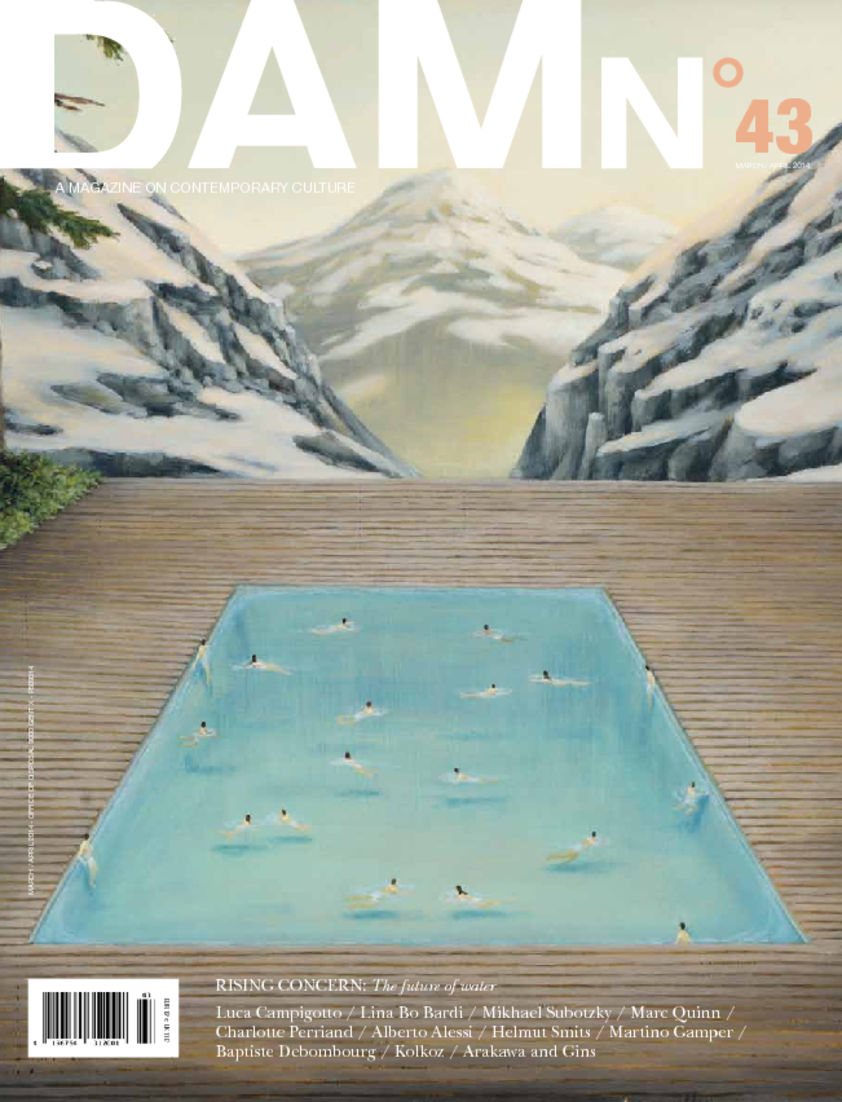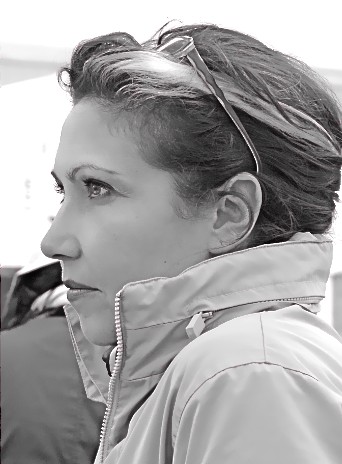Rosso e Bianco
Alberto Alessi and the art of wine

Alberto Alessi; photo Simone Casetta.
Winemaking can be a beautiful thing. All that is needed is for the vintner to adopt a philosophical and uncompromising approach. Alberto Alessi rather stumbled upon the métier. It all started with the purchase of a certain cascina in northern Italy, one on which he had long ago set his heart. From there his passion blossomed and he developed a pristine approach to the wine that would be produced from the Lake Orta region. This not only involved the nectar but every aspect of its presentation. Engaging experts in each category, he proceeded to compile a package of talent that would achieve his strict ideals.
“With a certain degree of thoughtlessness”, remembers Alberto Alessi about the founding of Casa Eugenia 1641, “I realised very quickly that the story once again tended to deviate from the usual connotations, as always happens in my professional ventures. Indeed, I have never been a winemaker or a viticulturist, although I have dreamed of making a good wine. I was more interested in the literary structure than in what was coming into being: to live in a rural dimension away from what had been my life until then, to know and grow vines with the aim of making very good wine, to live in that magnificent place looking toward the island of San Giulio. And finally building a global, aesthetic idea that concerned the quality of the wine, the architecture, the wine cellar, the bottle, the graphics on the label, the packaging, the website, every aspect of its communication and its fruition.”
A kind of Gesamtkunstwerk vision mixed with an open approach, where different characters played a vocal rôle in the story that gives life to the very peculiar wine production that is now signed by the owner of one of the most successful Italian brands, Alessi. Alessandro and Francesco Mendini were responsible for the architectural design, Luigi Veronelli was the wine-making angel, and Jacques Mell was the biodynamics expert; Martí Guixé, created the graphics for the label and the website, having been chosen for “his unconsciously unwitting Steinerianity” (in Alessi’s words); Gian Franco and Anna Gasparini designed the complex furniture to accommodate the bottles in the cellar.
“The intention was to make a qualifying action for the lake area, in terms of the architecture and eco-system, while also addressing the principles in force in relation to the redevelopment of the agricultural aspects of the rolling landscape. In 2001, encouraged by Luigi Veronelli, we decided to join the biodynamic cause, under the guidance of Jacques Mell, with the aim of producing wines of the highest quality offered by the territory of Lake Orta.” But how can one switch from the dimension of modern design production to the unpredictability of winemaking? Alberto Alessi has his own answer. “You cannot order, predict, or plan a masterpiece of design, just as you cannot programme a year of excellent wine. Unpredictability is part of human nature, and thus of viticulture and industry, too.”
In his book, Dream factories: people, dreams and paradoxes of Italian design factories (Triennale di Milano, 2011), Alberto Alessi spoke of ‘The Metaphor of the Good Gardener’, who painstakingly applied to the industry of design an attitude similar to the principles proposed by Rudolf Steiner in his eight lectures at Koberwitz in 1924, dedicated to agriculture. Its central theme: the health of the land and the maintenance of its fertility to improve upon the quality of food to nourish man, is the same that moves the assets of an entrepreneur's design. "Steiner’s concern for the weakness and degeneration of the soil that accompanies the application of modern methods of farming, are very close to the way I see the logic of contemporary industrial marketing. This means that good new design products usually arrive when they want to, despite our continuous efforts; they follow their rhythms, often inscrutably, and are almost always non-programmable. Do not force sale or production with unsustainable benchmarks. Just prepare the field well enough to accommodate the sprouts and welcome the seeds as they unexpectedly come with the wind.” ‹
You likely associate Alberto Alessi with Alessi, the brand that embodies a typical phenomenon of Italian industrial culture, namely that of ‘Italian Design Factories’. He represents the third generation of the Alessi family and is the company’s managing director.
When, back in 2000, Alberto Alessi heard that Cascina Eugenia on Lake Orta in northern Italy was for sale, he felt that his long held fantasy to produce good wine was on its way to becoming a new adventure. At that time, however, he probably did not know that he was about to combine contemporary design with Leonardo’s drawings and Steiner’s principles.
 The label, by Martí Guixé , follows biodynamic principles, and to point this out, Signora Eugenia appears on the label and on the website in different attire, according to the meteorological trend that particular year.
The label, by Martí Guixé , follows biodynamic principles, and to point this out, Signora Eugenia appears on the label and on the website in different attire, according to the meteorological trend that particular year.
 Leo bottle, designed by Alberto Alessi not to be thrown away but rather to be reused as a decanter, a candlestick, or a flower vase.
Leo bottle, designed by Alberto Alessi not to be thrown away but rather to be reused as a decanter, a candlestick, or a flower vase.
 Cascina Eugenia; photo Giacomo Giannini.
Cascina Eugenia; photo Giacomo Giannini.
 Wine label, designed by MARTÍ GUIXÉ, depicting Signora Eugenia looking toward the lake, with a thrush on her shoulder.
Wine label, designed by MARTÍ GUIXÉ, depicting Signora Eugenia looking toward the lake, with a thrush on her shoulder.
 photo Giacomo Giannini.
photo Giacomo Giannini.
 This article appeared in DAMN°43. Order your personal copy.
This article appeared in DAMN°43. Order your personal copy.

